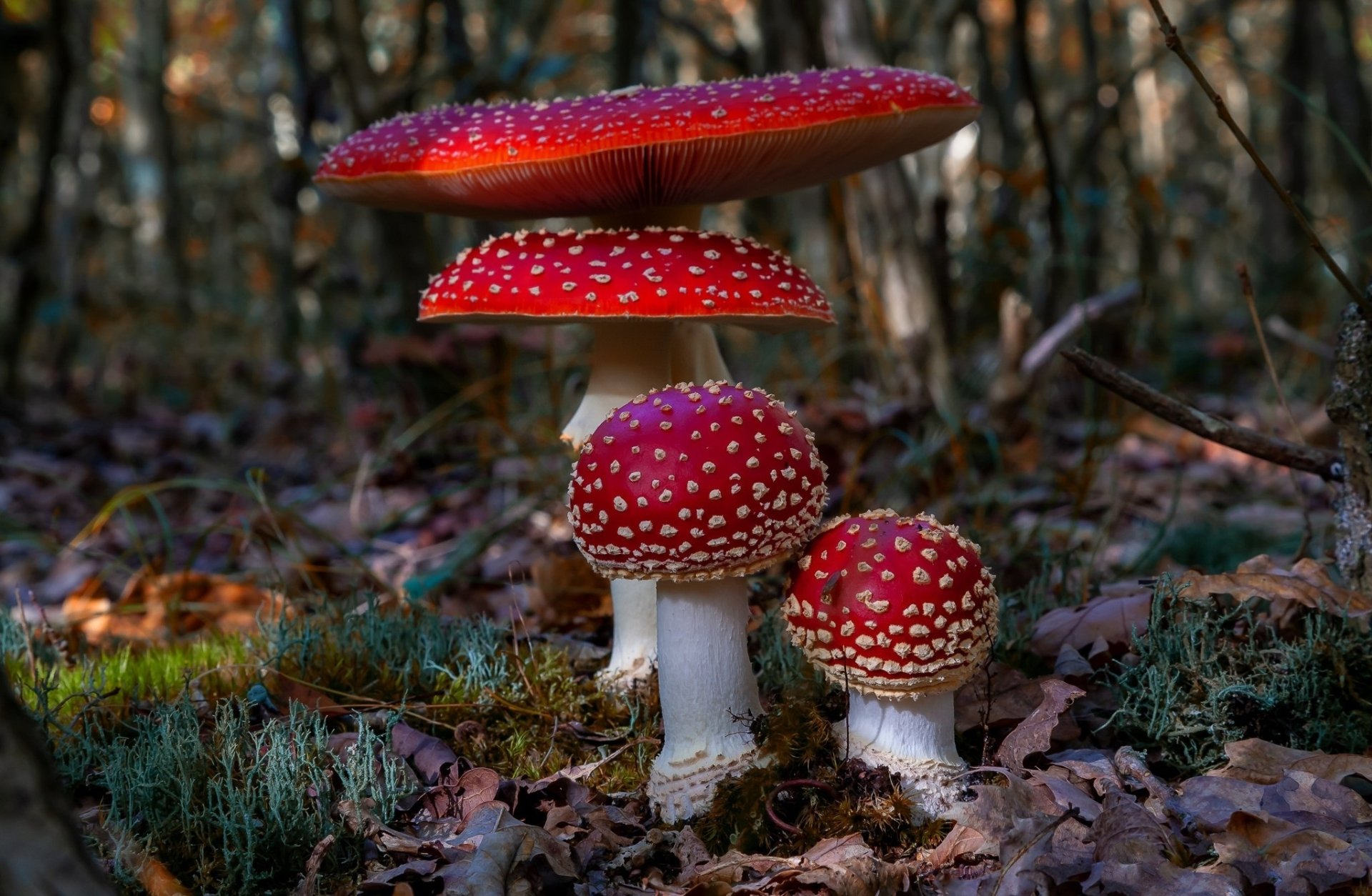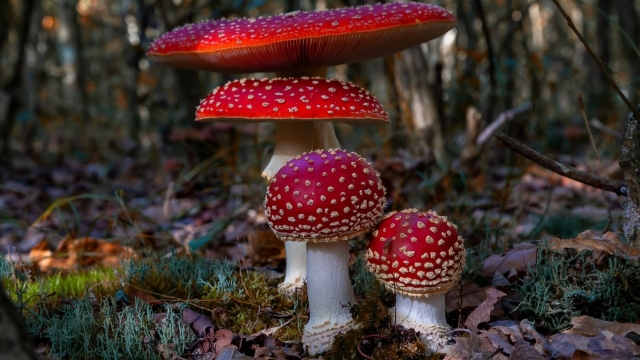
Mushroom growing, the art of cultivating fungi, has gained popularity recently due to its unique and rewarding nature. As the demand for mushrooms continues to rise, more and more individuals are seeking to delve into this fascinating world of mycology. Whether pursued as a hobby or a profitable venture, mushroom cultivation offers a variety of benefits, from its low environmental impact to the endless possibilities for culinary and medicinal uses. With a little patience, knowledge, and the right set of tools, anyone can unlock the secrets of successful fungi cultivation and embark on an exciting journey of mushroom mastery. In this article, we will explore the key elements involved in mushroom growing, from selecting the perfect mushroom species to creating optimal growing conditions. So, if you’re ready to unleash your inner mycologist and dive into the captivating world of mushroom cultivation, join us as we unveil the secrets behind cultivating these extraordinary fungi.
Choosing the Right Mushroom Varieties
When it comes to mushroom growing, selecting the right mushroom varieties is essential for a successful cultivation journey. Each mushroom variety has its own specific requirements and characteristics, so choosing the right ones will greatly contribute to your overall success. Here are some factors to consider when deciding which mushroom varieties to cultivate.
Firstly, consider the growing conditions available to you. Certain mushroom varieties have specific temperature, humidity, and lighting requirements. For example, oyster mushrooms thrive in a temperature range of 55-75°F (13-24°C) and require high humidity levels. On the other hand, shiitake mushrooms prefer cooler temperatures around 50-65°F (10-18°C). Understanding the environmental conditions you can provide will help you narrow down the suitable mushroom varieties.
Another important aspect to consider is your market demand. Research the preferences of local consumers or potential buyers to ensure that the mushroom varieties you choose align with market trends. Some popular mushroom varieties include white button mushrooms, portobello mushrooms, and cremini mushrooms. However, specialty varieties like lion’s mane or maitake mushrooms might have a higher demand in certain markets.
Additionally, it’s crucial to consider your own expertise and experience in mushroom cultivation. Some mushroom varieties require more advanced techniques or specific handling methods. If you are a beginner, it might be advisable to start with easier-to-grow varieties like white button mushrooms or oyster mushrooms. As you gain more knowledge and confidence, you can gradually venture into cultivating more challenging varieties.
By carefully considering the growing conditions, market demand, and your own expertise, you can make informed decisions when it comes to choosing the right mushroom varieties. This step sets the foundation for a successful and rewarding mushroom growing experience. In the following sections, we will explore other important factors and techniques to help you master the art of mushroom cultivation.
Creating the Ideal Growing Environment
To successfully cultivate mushrooms, it is crucial to create an ideal growing environment that mimics their natural habitat. This will ensure optimal growth and maximize yields. Here are some key factors to consider when setting up your mushroom growing space.
Humidity is an essential aspect of mushroom cultivation. Mushrooms thrive in moist environments, so maintaining a high level of humidity is crucial. One way to achieve this is by using a humidifier or misting the growing area regularly. This will help create the perfect conditions for your mushrooms to develop and flourish.
Temperature control is another critical factor in mushroom growing. Different mushroom varieties have specific temperature requirements, but most common species prefer a temperature range between 60°F and 75°F (15°C – 24°C). It is important to monitor and maintain the temperature within this range throughout the growth cycle to promote healthy growth and prevent any stress to the mushrooms.
Proper air circulation is also necessary for successful mushroom cultivation. Good airflow helps prevent the buildup of carbon dioxide and promotes the exchange of gases needed for the growth process. You can achieve this by using fans or ensuring that the growing space has adequate ventilation.
Light is not a crucial requirement for mushroom growth, as they prefer low light or darkness. However, some mushroom species do require a minimal amount of light to trigger certain development stages. If needed, you can use low-intensity light sources or indirect lighting techniques to meet these requirements.
By creating the ideal growing environment with the right humidity, temperature, air circulation, and lighting conditions, you can provide your mushrooms with the optimal conditions they need to thrive. This will significantly increase your chances of achieving successful and abundant mushroom cultivation.
Tips for Successful Mushroom Cultivation
-
Choose the Right Mushroom Variety
Selecting the appropriate mushroom variety is crucial for successful cultivation. Different mushrooms have specific growth requirements, such as temperature, humidity, and substrate preference. Some popular mushroom varieties for cultivation include oyster mushrooms, shiitake mushrooms, and white button mushrooms. Research each variety’s growing conditions and choose the one that best aligns with your resources and preferences. -
Create Optimal Growing Conditions
Creating a favorable environment is essential for mushroom cultivation. Most mushrooms thrive in dark, cool, and humid conditions. Maintain a consistent temperature and humidity level in the growing area, as fluctuations can hinder growth. Use a thermometer and humidifier to monitor and regulate the conditions accordingly. Adequate ventilation is also important to prevent excessive moisture buildup and the growth of unwanted contaminants. -
Prepare a Nutrient-Rich Substrate
Mushrooms require a nutrient-rich substrate to grow. The substrate serves as the food source for the mushrooms and can vary depending on the variety you choose. Common substrates include hardwood sawdust, straw, and composted materials. Ensure that the substrate is properly pasteurized or sterilized to eliminate any competing organisms that could hinder mushroom growth. Follow a detailed substrate recipe or consider purchasing pre-prepared substrates from reputable suppliers. -
Maintain Proper Hygiene and Sterility
Maintaining proper hygiene and sterility throughout the cultivation process is crucial to prevent contamination and ensure healthy mushroom growth. Sterilize all equipment and tools before use, including growing containers, trays, and utensils. Use gloves and a face mask when handling the substrate and mycelium to minimize the introduction of unwanted microorganisms. Regularly sanitize the growing area to prevent the buildup of pathogens or molds that can harm the mushrooms. -
Implement a Suitable Growing Method
Various growing methods can be employed for mushroom cultivation, such as using plastic bags, trays, or shelves. Each method has its advantages and requirements, so choose one that suits your available space and resources. Follow a reliable growing method guide or consult experienced cultivators for the best practices specific to your chosen variety and growing setup.
By following these tips, you’ll be well on your way to successful mushroom cultivation. Remember that patience and attention to detail are crucial throughout the process. Happy mushroom growing!
